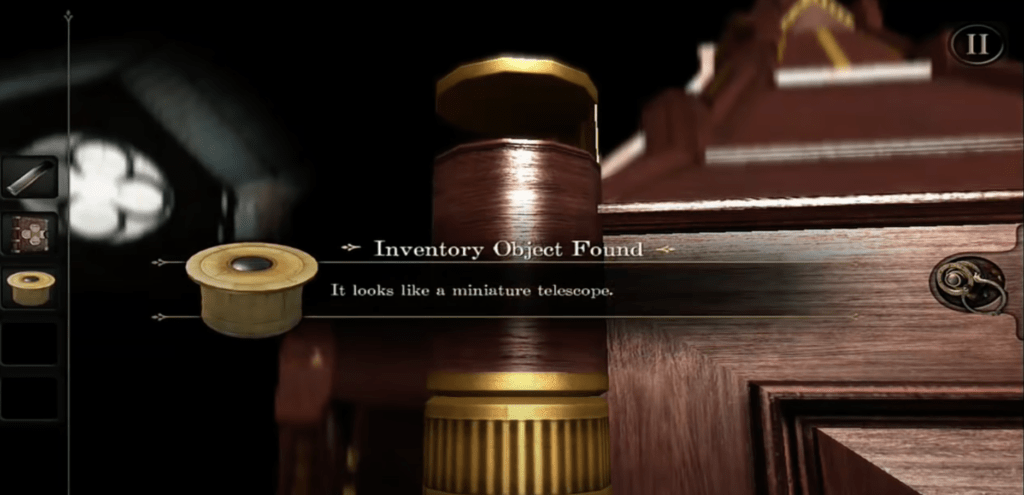Game Overview
The Room 1 is a 3D mystery, puzzle game developed by Fireproof Studios and Fireproof Games. This is a single-player, no time-limit game where players are challenged to solve a series of puzzles in a puzzle box. The game was originally released on iOS iPad only but is now available on Android too. This particular version of the game (The Room 1) is only available on the iOS iPad or Android but there is a pocket version of the game available on iOS phone devices. The target audience of this game is ranged 9+, with infrequent/mild horror/fear themes according to the Apple Store.
All the puzzles in the game are super unique, which is refreshing. This is a challenge type of fun game. There is no set storyline. The player is just in a room trying to unlock all puzzles in this puzzle box, to find the “solution”.

It meets its goal of challenge fun because it is stimulating enough but not too difficult. It helps the player think deeply but has visual cues and helpful “hints” for the player so they don’t get very stuck or confused about inventory items. It feels very rewarding when the puzzles are solved, and encourages the player to continue.
There are no set rules, besides what you can interact with. You can pick up nearly everything in the room in the puzzle box but you cannot interact with the rest of the room. The boundaries are within the room, but in more recent versions of the game (e.g. The Room VR), players can physically interact more with the puzzles. The player also has an inventory to keep all discovered items. It was very helpful to have text-dialogue to indicate what was discovered, because for some items, I was genuinely confused what it was until I read the game dialogue.

Successes and Failures
One success is having helpful hints for the players. The developers do a great job of integrating hints into game dialogues, so players don’t feel like they are asking for assistance, nor do they feel like they are too lost in the game and have no direction. These are some great examples of this:


There were no particular failure but I thought there were some parts of the game where it was very challenging for me but I eventually figured it out. I would not classify this as a failure, but I think it is really important to have a good balance between hard puzzles and easy puzzles and how they are arranged chronologically. Players might lose their spirit to play if the game drags on by having 3 hard puzzles in a row and less commentary in between each as a guidance (other than the hint button).
If I had to improve the game, I’d love to be able to interact with the entire room and expanding on just the puzzle box. It’d be really fun to have the entire room be the puzzle.



